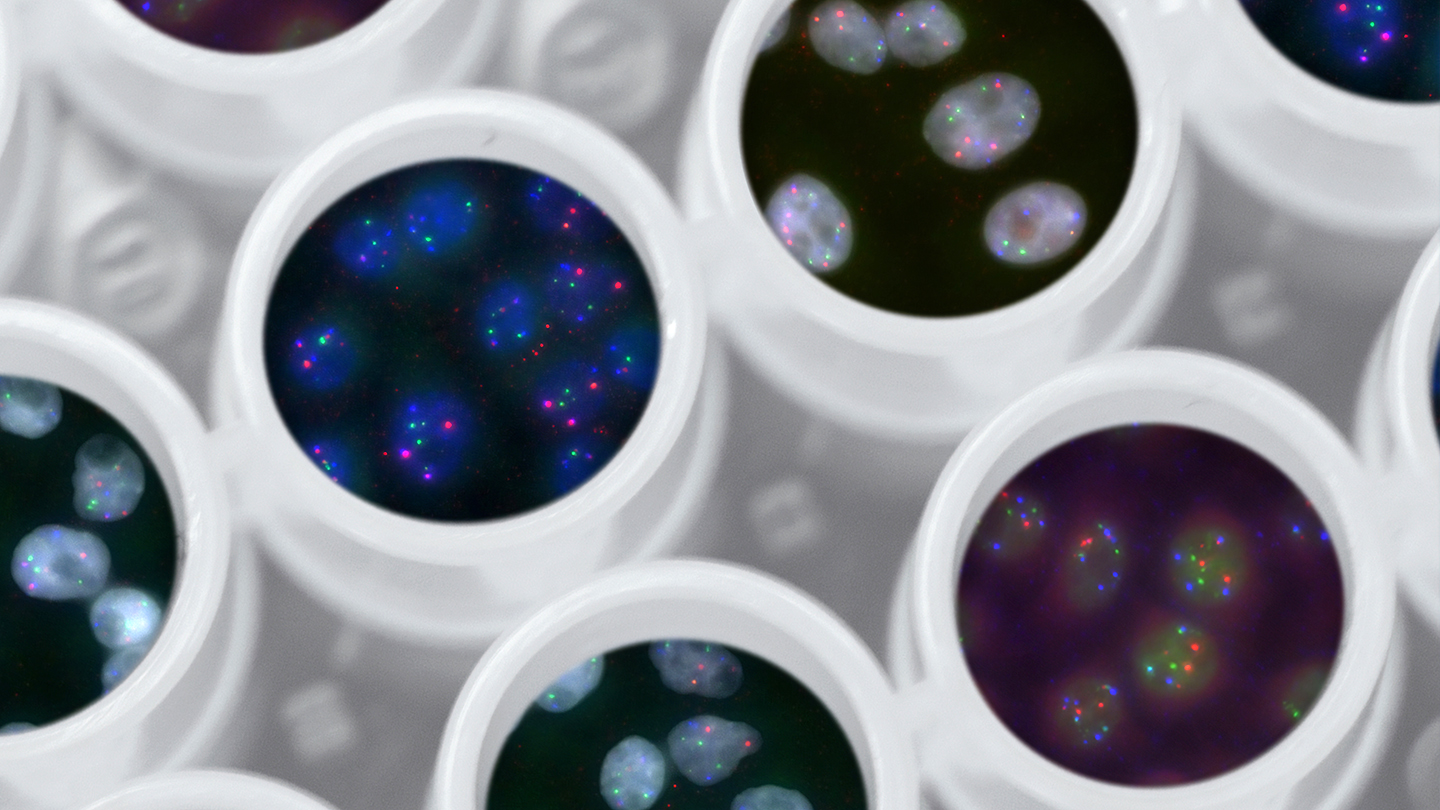The start-up QUANTRO Therapeutics, which was founded by Stefan Ameres from IMBA – the Institute of Molecular Biotechnology of the Austrian Academy of Sciences (OeAW) – and Johannes Zuber from the Institute of Molecular Pathology (IMP), relies on the latest methods in functional genetics and time-resolved transcriptomics to develop anti-cancer drugs. In an interview, Ameres explains how this works.
What is the goal of QUANTRO Therapeutics?
Stefan Ameres: We come from basic research and have developed new methods in the areas of transcriptomics and functional genetics with which we now want to discover and develop new drugs for cancer therapy. The centerpiece of our young company is a new method of drug discovery, with which we can examine many candidate molecules for their suitability as anti-cancer drugs.
The centerpiece of our young company is a new method of drug discovery, with which we can examine many candidate molecules for their suitability as anti-cancer drugs.
How do you make sure that a molecule only targets cancer cells?
Ameres: As they develop, cancer cells undergo certain changes that lead to uncontrolled growth. That doesn't happen with healthy cells. This gives cancer Achilles heels that have been the subject of research for decades. Certain transcription factors, which regulate the transcription of DNA into RNA and thus also the production of proteins in cells, are indispensable for cancer cells, but do not play an essential role in "normal" cells of the developed organism. New drugs can take advantage of this. Our know-how allows, for the first time, a systematic search for possible drugs.
How do you find molecules that can switch off relevant transcription factors?
Ameres: We identify such inhibitors by means of a characteristic that we call the "transcriptional fingerprint". In the laboratory, we block the activity of transcription factors in cancer cells and then analyze the transcriptome of the cell, i.e., all the genes in the cell that have been transcribed into RNA. We use a revolutionary method called SLAMseq, which was developed in my laboratory and allows us to measure immediate transcriptional effects. The resulting signature – the fingerprint – serves as a goal for effective molecules. In the future, we will be able to test up to 100,000 candidate drugs at the same time and check which results match our comparative fingerprint.
Certain transcription factors, which regulate the transcription of DNA into RNA, are indispensable for cancer cells. New drugs can take advantage of this.
Does a potential drug have to match this fingerprint exactly?
Ameres: No, that's the nice thing about this method: there is some leeway. We can systematically identify molecules whose effects on the transcriptome of a cancer cell come as close as possible to our reference fingerprint. Then we can optimize them. This works because with SLAMseq we have developed new methods that allow us to quantitatively study transcriptome dynamics. We’re not just looking at a snapshot, but can also watch, like in a video, how genes are expressed in living cells.
How many potential cancer drug candidates are there?
Ameres: The number of possible candidates is extremely large and you have to systematically test different classes in this "chemical space". Fortunately, our partner Evotec has excellent know-how to effectively carry out these tests on large numbers of systematically selected molecules. This gives us access to an enormous number of candidate drugs.
What types of cancer can be targeted by drugs developed in this way?
Ameres: Cancer is an extremely diverse phenomenon. Some Achilles heels are shared by multiple cancers, but others are not. The systematic nature of our approach enables us to examine several transcription factors for potential therapeutic approaches to be able to treat as many different types of cancer as possible. In the long term, we plan to apply this method to other diseases with a transcriptional origin.
Some Achilles heels are shared by multiple cancers, but others are not. The systematic nature of our approach enables us to examine several transcription factors for potential therapeutic approaches.
Does the mode of action of a transcription factor have to be known in detail for it to be considered as a therapeutic target?
Ameres: For many transcription factors, their exact effects are not clear. Gene expression and its effects on cell metabolism is complex. Of course, we would like to know exactly how each transcription factor works and where we must start to inhibit its effect, but this is not crucial for our work at QUANTRO. We can test substances and systematically examine whether they are molecularly and physiologically effective, even if we do not know in detail why.
When will the first candidate molecules be tested?
Ameres: The process is complex because screenings like this have never been done. There are still a few details to be clarified. We have been working for two years and recently gained two renowned investors, the Boehringer Ingelheim Venture Fund and Evotec. This will enable us to greatly expand our activities within the framework of QUANTRO Therapeutics. If everything goes according to plan, we will start the screenings very soon.
